The Latest Met Costume Institute Exhibition Aims to Re-Center Emotion in American Fashion
"In America: A Lexicon of Fashion" is the first of an ambitious two-part series set to contextualize American fashion design.
There has long existed a transatlantic divide when it comes to the fashion industry: If Europe is about grand designs created by artistic geniuses, America's reputation is that of practicality and wearability — more straightforward sportswear than emotional haute couture.
Of course, that's not grounded in much reality. The best American designers can move an audience as well as any Europeans can, first proven all the way back at the Battle of Versailles in 1973 and continued today on runways from the likes of Thom Browne and Christopher John Rogers. But it's that persistent mindset about American fashion that Andrew Bolton, curator at the Metropolitan Museum of Art's Costume Institute, is aiming to break with his latest exhibition, "In America: A Lexicon of Fashion."
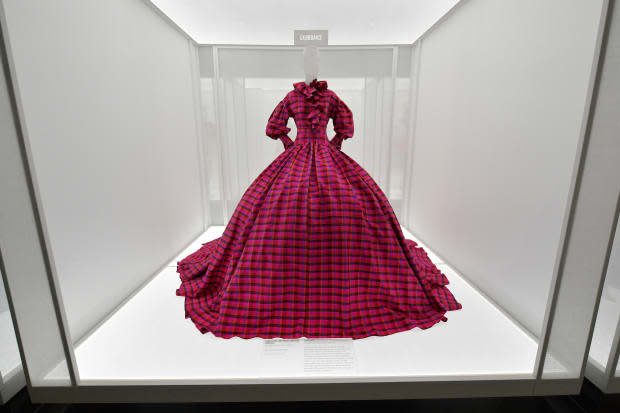
Photo: Roy Rochlin/Getty Images
"Traditionally, American style has been defined in relation to the principles of simplicity, practicality and functionality, and has often been denied the emotional rhetoric of European fashion," Bolton said at the press preview of the exhibition on Monday morning. "To address this imbalance, 'Lexicon' presents a revised vocabulary of American fashion based on its expressive qualities. This emphasis on fashion's emotional relevance was inspired in part by the work of a new generation of designers who prioritize sentiment over practicality."
It's an ambitious undertaking, to be sure. How can one even begin to define what American design is when it is near-impossible to even define what it means to be an American? (It's a topic that the Costume Institute has grappled with before, in 2010, for "American Woman: Fashioning a National Identity," sponsored by the Gap.) Rather than fight it, Bolton embraces heterogeneity, centering the concept of the exhibition around a quote from Jesse Jackson: "America is not like a blanket — one piece of unbroken cloth, the same color, the same texture, the same size. America is more like a quilt: many patches, many pieces, many colors, many sizes, all woven and held together by a common thread."
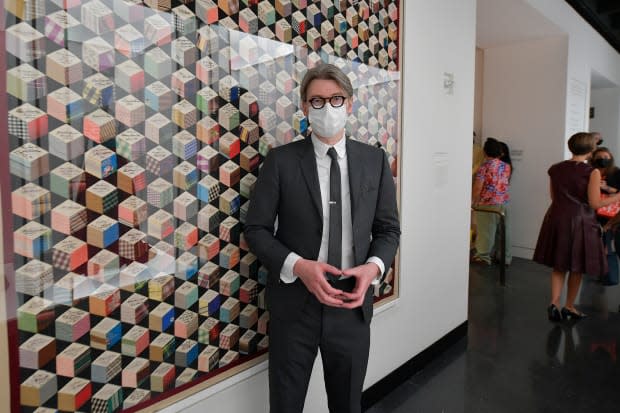
Photo: Roy Rochlin/Getty Images
From there, an 1856 quilt from Adeline Harris Sears, comprised of white silk squares signed by American public figures of Sears's time (including Abraham Lincoln), provided a jumping off point for organizing the collection. Each of the 100 garments included in the show is encased in its own square, set alongside thematically similar designs, forming a portrait of American design from the 1940s to the present.
Bolton grouped designs together under 12 different emotions: Nostalgia, Belonging, Delight, Joy, Wonder, Affinity, Confidence, Strength, Desire, Assurance, Comfort and Consciousness. Within those subsets, each design wears a headpiece created by Stephen Jones calling out a more specific feeling under that umbrella; a gown from Christopher John Rogers is "Exuberance," while an American flag sweater from Ralph Lauren is "Idealism."
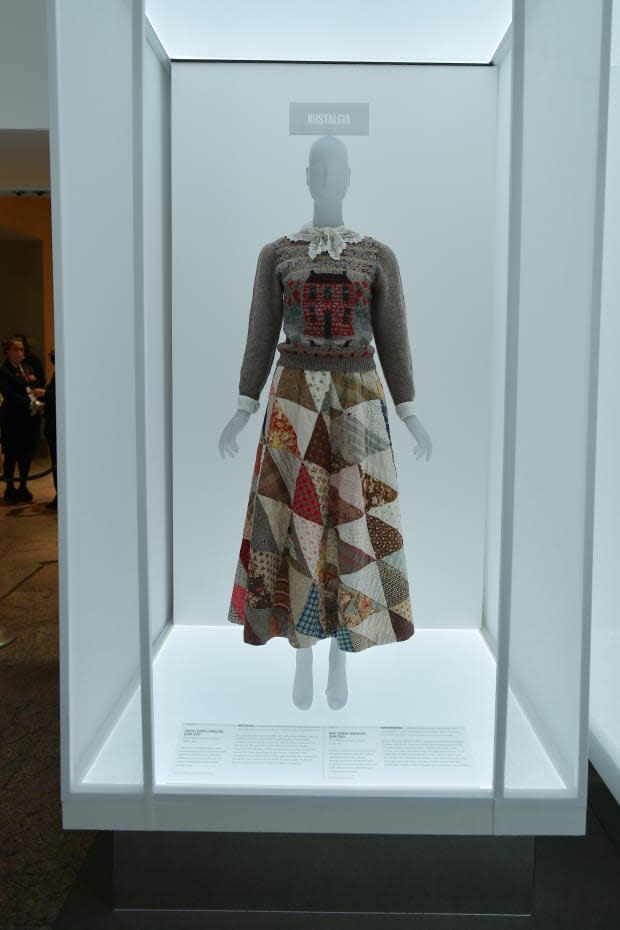
Photo: Roy Rochlin/Getty Images
"Together, these designs and their emotions establish a concise dictionary of American fashion," Bolton said. "Our intention is for this vocabulary to expand into a more comprehensive dictionary as visitors engage with the garments and react with their own emotional connections."
Most impressive is that more than half of the exhibition is comprised of emerging designers, many of whom have their garments displayed in the Met for the first time. The timing of this first part to New York Fashion Week was chosen to kick off a year-long celebration of the American fashion industry, and, according to Bolton, it won't remain static, either; pieces will be swapped out for others in the Met archive over the life of the exhibition.
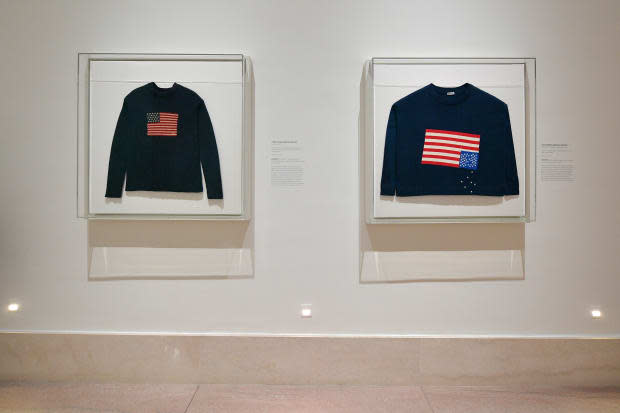
Photo: Roy Rochlin/Getty Images
"This time frame has allowed us to experiment with a new methodology that reflects the concept fashion as a unique art form, an art form that speaks powerfully to the zeitgeist," Bolton said. "This revolves around the notion of a living exhibition that will evolve organically over the course of the year, with rotations and additions to reflect the vitality and diversity of American fashion."
"In America: A Lexicon of Fashion" examines the present to try and redefine the past — which will be necessary, considering that the most ambitious aspect of the exhibition is the fact that it's only the first of two. "In America: An Anthology of Fashion," the second and larger exhibit, will open in May 2022 (yes, with a second Met Gala) and will be staged in the American rooms, as garments will highlight American design from the 18th century to the present in an attempt to define the emergence of an identifiable American style.
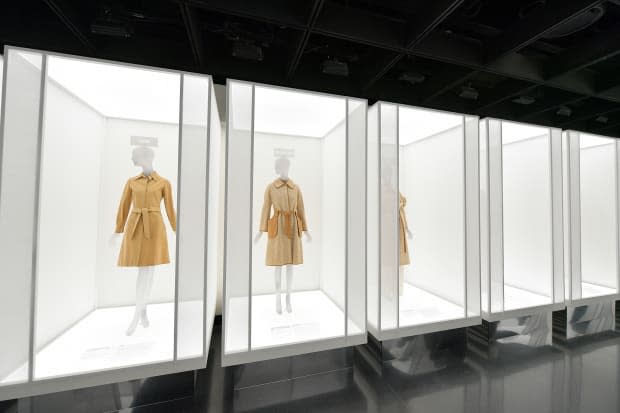
Photo: Roy Rochlin/Getty Images
(This also makes "In America: An Anthology of Fashion" the third and final exhibition in a series of period room shows, preceded by 2004's "Dangerous Liaisons: Fashion and Furniture in the 18th Century" and 2006's "AngloMania: Tradition and Transgression in British Fashion," staged in the French and British period rooms, respectively.)
Both will close on September 5, 2022, making "In America: A Lexicon of Fashion" the longest-running Costume Institute exhibition in recent history. The first part is interesting enough on its own, serving as something of a primer on American fashion, but it will be much more fascinating to see how it plays against its counterpart. Will Bolton have succeeded in making the case for emotion in American fashion? We'll find out come May 2022.
Want the latest fashion industry news first? Sign up for our daily newsletter.
